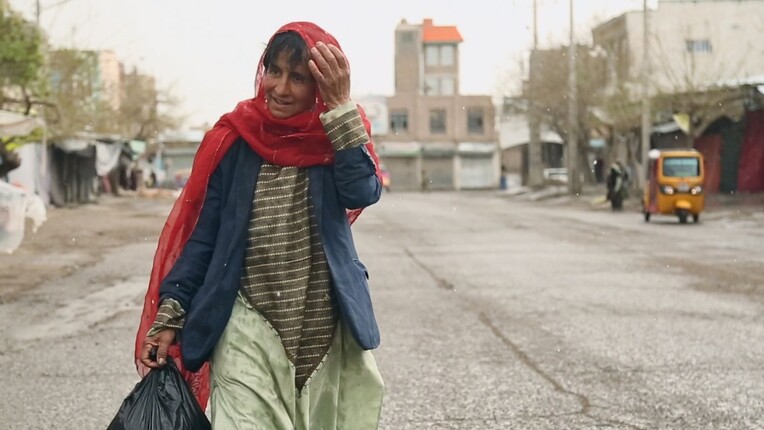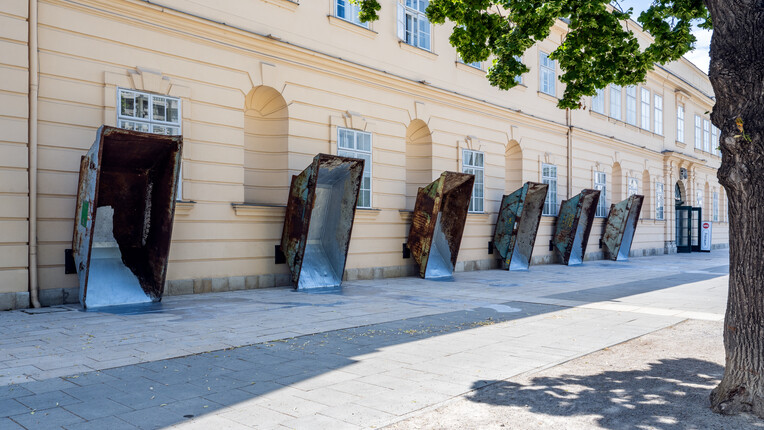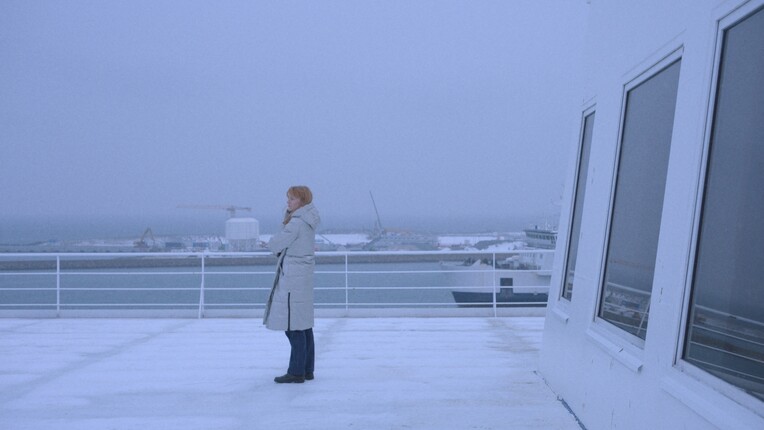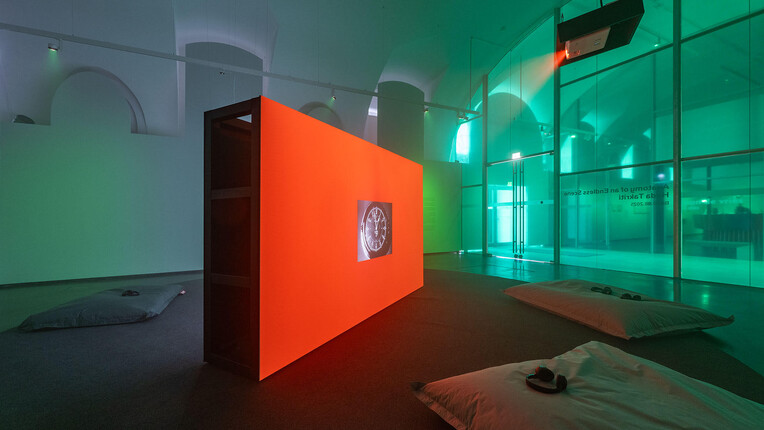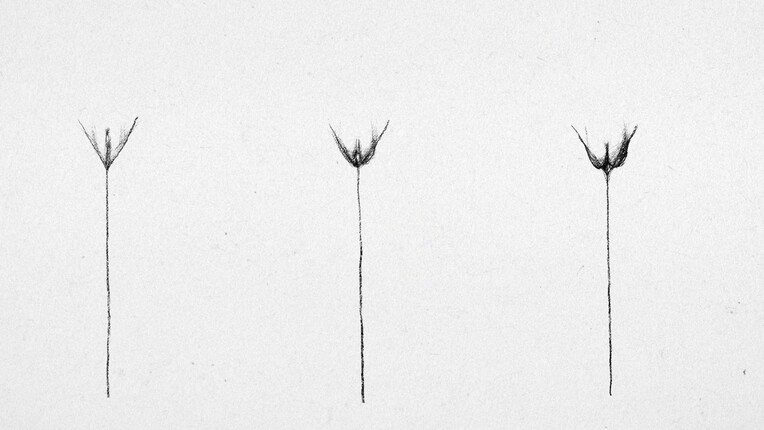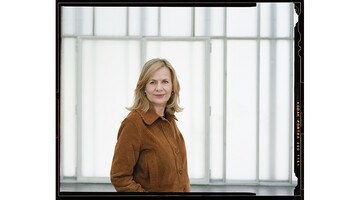
“The MuseumsQuartier is greater than the sum of its institutions”
Bettina Leidl is the new managing director of the MuseumsQuartier Errichtungs- und Betriebsgesellschaft, the company that operates the MQ. She studied political science and cultural studies and was previously managing director of the Kunsthalle at the MQ, of KÖR/Art in Public Space, and of departure, the City of Vienna’s creative development agency. Until February 2022 she was director of the Kunst Haus Wien.
Interview with Michael Freund, freelance journalist
Photo: © Stefan Oláh
Michael Freund: The MuseumsQuartier is a complex ensemble with around 60 participating institutions. As managing director, what are your most important tasks?
Bettina Leidl: A key task for culture is to take up socially relevant issues and developments and take on the challenges of the future. Our task is to add value at different levels so that, together with the institutions at the MQ, we can increase our impact. The MuseumsQuartier is greater than the sum of its institutions. It’s a large agora, a public space for communication, one that is democratic and open to all sections of the population.
Some directors want to improve the upkeep of existing structures, others prefer something new or want to expand. What are your current priorities?
My predecessors have turned the MQ into one of the most successful cultural districts in Europe with thriving, first-rate institutions. An achievement deserving of respect. Taking the slogan “MQ goes green,” the task is now to set the MQ on a path to becoming a climate-neutral location for culture. Moving away from fossil fuels and towards renewable energy. Here the MQ can adopt a pioneering role—a climate-neutral MQ by 2030! It’s a huge opportunity.
The Kunst Haus Wien, which you ran until recently, was the first museum in Austria to be awarded the Austrian Ecolabel. What does the MQ need to do over the next eight years to get one?
Achieving the Austrian Ecolabel for the MQ and all its institutions is a first step and a way to approach the topic of sustainability and preserving resources within the cultural sector. Initially we want to identify where there is potential for improving operations and infrastructure, with each of the institutions putting in place several of their own measures. On the journey towards a “green” and sustainable MQ we will launch a variety of projects and push forward with the transition to more efficient building services, improving the buildings’ energy performance, and greening the façades and the site in general.
What other creative possibilities do you envisage when it comes to how the MuseumsQuartier projects itself outward?
An opening towards Vienna’s 7th district undoubtedly has potential. The entry points to the MQ could also have greater accentuation in terms of architecture. The MQ still looks a bit like a fortress. In the tracts, the rooms to the right and left of the main entrance, there are possibilities for new impetus in terms of exhibitions, co-operations, and venue hire. Likewise we can find innovative and artistic ways of using the forecourt down to the Zweierlinie road and the Museum of Art and Museum of Natural History.
In what direction might the MQ evolve?
What is interesting is that when the MuseumsQuartier was opened in 2001, it wasn’t finished. Rather it contained open spaces and the potential for developing further ideas. The “MQ Libelle” on the roof of the Leopold Museum is a wonderful example of this development.
Everyone is talking about digital presence. How can the quarter’s institutions best participate, perhaps under the overarching MQ brand?
Digitalization has gained momentum during Covid-19 in all fields of art and culture—virtual tours, streaming etc. have become standard practice over the last two years. Yet it’s becoming harder and harder for individual cultural institutions to break through and generate new audiences in digital space, especially when they don’t have access to the attention, financial resources, or brand recognition of larger international institutions. Findability on digital platforms is the non plus ultra. So here it’s useful to combine resources to achieve greater visibility and increase resonance in digital space.
Finally a question which, unfortunately, is still topical, and it’s about coronavirus: What is to be done?
Coronavirus has robbed cultural institutions of a great deal of strength—yet it’s precisely these institutions that have brought such creativity and innovation to tackling the restrictions, always with the aim of being able to keep things running. There have already been so many different Covid regulations, all of which we have implemented—you name it, we make it! What was and remains important is communication with our visitors—a cultural excursion is a safe excursion. And when all else fails, we still have public and digital space in which to make encounters with art possible.
